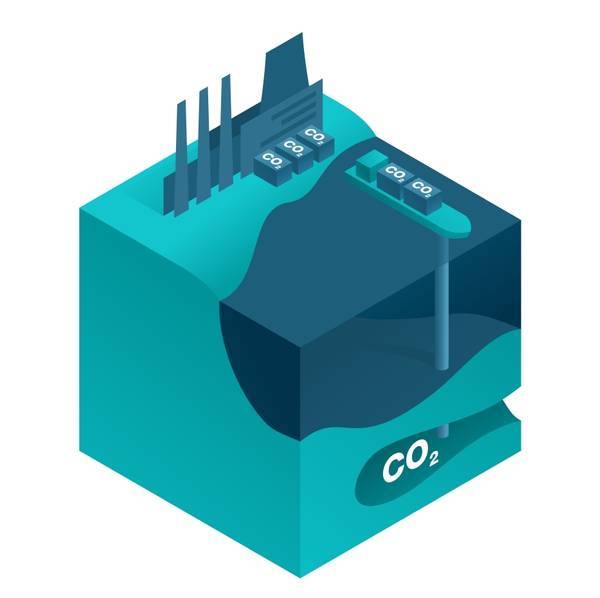
Norwegian low-carbon tech firm Horisont Energi has entered a collaboration agreement with oil firms Equinor ASA and Vår Energi to develop the carbon transportation and storage project Polaris, off the coast of Northern Norway. As part of the agreement, Equinor will be the operator of the project.
The Polaris carbon storage is expected to have a total carbon storage capacity in excess of 100 million tons, the equivalent to twice Norway’s annual greenhouse gas emissions.
"The offshore carbon storage reservoir is a key part of the planned Barents Blue project in Finnmark, which will be Europe’s first world-scale carbon-neutral ammonia production plant," Horisont Energi said.
Vår Energi, Equinor, and Horisont Energi entered a cooperation agreement for the Barents Blue plant in September 2021
Barents Blue is planned to have a production capacity of 3000 tons of ammonia per day, making it one of the largest ammonia plants in the world.
"In its first phase, the facility will convert natural gas from the Barents South region to carbon-neutral blue ammonia (99 percent CO2 capture rate), an easily transportable hydrogen carrier, which is planned to be used directly as ammonia, but that also can be converted back to hydrogen at the destination. Currently, in the concept phase, an investment decision for Polaris and the Barents Blue project is expected around year-end 2022," Horisont Energi added.
“As one of the largest offshore operators in the Barents Sea region, I am extremely pleased that Vår Energi has chosen to partner with us and Equinor on the Polaris project. Polaris has the potential to advance Norway’s position as a leading nation on cost-effective CCS technology, which will be essential to meet the targets of the Paris Agreement. By capturing CO₂ during the production of ammonia and sequestering it safely under the seabed, we open a new and climate-friendly market for the large amounts of natural gas coming from the existing fields in the Barents Sea,” says Bjørgulf Haukelidsæter Eidesen, CEO of Horisont Energi.
CCS involves the capturing of emissions from power stations and other industrial sources, or directly from industrial processes like in the Barents Blue ammonia plant.
The carbon dioxide is then liquified and transported offshore, where it is pumped into the underground storage.
Horisont Energi has cited the Intergovernmental Panel on Climate Change (IPCC) and the International Energy Agency (IEA) which have said that it will be more difficult and more costly to reach the Paris Agreement’s goal of limiting global warming to 1.5°C above preindustrial levels without CCS. Technology for CCS will also be critical to achieve carbon negative solutions, the company added.